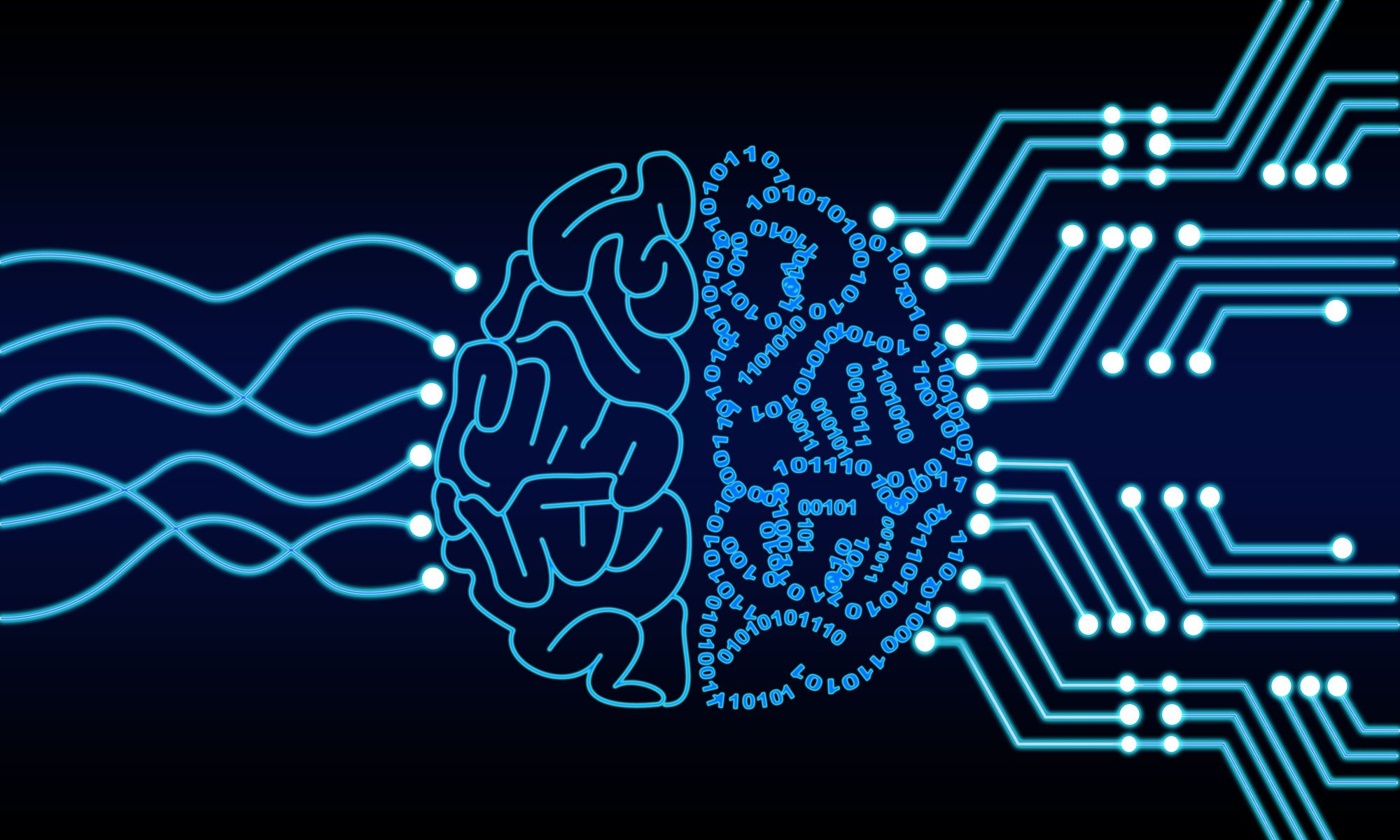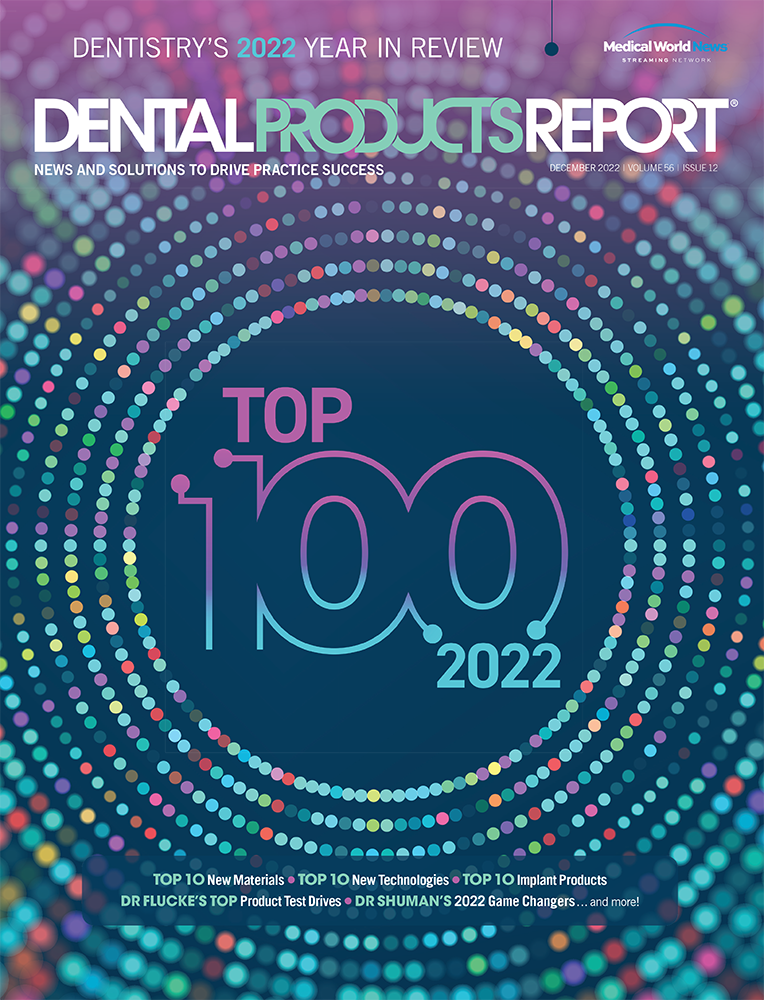Envisioning the AI-run Dental Practice of the Future
What does a dental practice powered by artificial intelligence look like? Key industry insights may set the tone for AI moving forward?
Envisioning the AI-run Dental Practice of the Future. Image courtesy of 13FTStudio/stock.adobe.com.

Picture this: You want to start a marketing campaign to promote a higher-value service in your practice. However, you need to reach the right type of patient—perhaps those who have dental insurance or can afford to pay out of pocket. Luckily, your marketing software leverages machine learning and can continuously collect data to manage and adjust ad spending across digital channels, ensuring you get optimal placement with the most relevant message reaching that ideal patient. Your software automatically, without any direction, contacts potential patients, collects their information, and gets them to agree to a consultation.
Then, your practice growth software schedules appointments. Patients check in online, and all their relevant information is compiled in a cloud account, eliminating the need for a physical check-in and a hunt for old records. The patients’ scans are taken at a scanning facility and, again, uploaded to the cloud account that you can view from your home office. Once you open the files, you’ll see the list of problem areas the software has assembled. It has also already referred patients to a specialty location where they can undergo the necessary implant surgery, performed by a robotic device with unprecedented surgical precision.
AI offers numerous benefits, and machine learning can streamline almost any process, but there will always be a need for the human touch, at least for the foreseeable future. Currently, AI (reactive and limited-memory) takes in hordes of data and produces output based on that input. Although limited-memory AI can store data for use in solving future problems, it cannot make informed decisions.
“Clinicians should always make the final diagnostic decision,” says Ophir Tanz, founder and chief executive officer of Pearl. “That’s something that, despite the AI tools we have, is really the practitioner’s responsibility. And it will continue to be because they also need to issue the treatment. AI is not going to do that, at least not for 100 years.”
Perhaps in 100 years, we will have developed artificial general intelligence (AGI) or artificial superintelligence (ASI), essentially the ability for AI to function, understand, and emote just like a human.
“While AI technologies have proven ability to detect caries and other oral health conditions earlier and at a faster rate than the human eye, it is by no means a replacement for dentists,” says Eric Giesecke, chief executive officer of Planet DDS. “AI technologies are meant to aid dentists in making their diagnoses.”
Although we may never reach the point at which a fully automated dental practice is feasible, AI technology is being integrated into dentistry and making a significant difference in how practices operate. Automated marketing, referrals, and appointment setup are streamlining the front-desk experience for staff and patients alike. Clinically speaking, voice recognition software in the operatory and advanced treatment planning tools are expediting processes and lowering chair time. And, of course, further developments are expected.
But what needs to happen before we move forward? Regulatory and ethical considerations will have to be catch up in order for much of this technology, particularly on the clinical side, to be fully implementable. Dental imaging diagnostics, radiographic caries detection, and robot-assisted surgeries all need to be regulated and evaluated for efficacy and compliance. In 2020, the National Academy of Medicine released a special report on AI that detailed many of these concerns.1 Although directed at the medical community, its conclusions are just as relevant for dentistry.
“AI alone cannot cure health care’s ills, and new technologies bring novel and potentially under-appreciated challenges,” the report’s authors wrote. “For example, if a machine learning algorithm is trained with data containing a systematic bias, then that bias may be interpreted as normative, exacerbating rather than resolving disparities and inequities in care.”
Regulatory Concerns
In addition to those concerns, advances in AI raise regulatory questions. In 2020, the Food and Drug Administration (FDA) issued an order reclassifying radiograph dental caries detection devices from Class III to Class II.2 This decision indicated the agency’s growing support of treatment-planning software. With this encouragement, some researchers predict that the use and adoption of AI will grow tenfold during the next 5 years.3 But there are still roadblocks in place. Despite the downgrade, under FDA regulations Class II devices require labeling.
“We need a clearer approach to labeling,” says Margaret Scarlett, DMD, a dentist and infectious and chronic disease prevention specialist, “We’re going to need to be transparent about it. This will determine whether AI can really advance the patient outcome and experience. It depends on how we work together and how collaborative we are to really design and implement an ethically defensible set of laws and policies for AI, and that includes transparency.”
To recognize caries or periapical lesions, caries-detection software and other AI-based radiograph-evaluation platforms draw from large pools of data; but if that data comes solely from a certain demographic, the technology may not work well on everyone.
“In order for the dentists to use it, they need to understand the population demographic…used to develop the algorithm,” Dr Scarlett asserts. “If there are no pregnant women in your population, and maybe they have issues around remineralization, or they’ve been nauseous every day, that’s going to affect the enamel. And if there are no pregnant women in that data set, then what can it tell you? Is it going to be useful or not?”
Dr Scarlett is also concerned that much of the data being compiled for machine-learning software comes from insurance companies, which provide information only from a very specific cross-section of the population and skews the algorithms.
“You need to look at a representative population,” she says. “You’re only looking at a more motivated, prevention-oriented population if you’re looking at insurance data. In my opinion, the best data to look at would be a representative population. You need a label that says, ‘We evaluated 20,000 images, and here are where they came from. And it was evaluated by 400 dentists, and here’s who was included or excluded.’”
As AI technology becomes more commonplace, these concerns are only going to grow. “At this point, you only have 3 companies in the world with FDA clearance to display AI-driven pathologic detections in the office and operatory,” Tanz says. “The FDA’s primary function is to ensure that medical devices and disease detection are reviewed and regulated in a clinical, trial-driven format and that patients aren’t being put at risk. But if you look at the regulatory landscape today, it is very asymmetric. And that’s where I see confusion emanating in the market, because some software is only FDA-approved for very specific subsets of patients or pathologies, and that FDA-approval status isn’t really being made clear publicly. And that’s very dangerous for the industry, if there is a bending of rules.”
However, Tanz adds, the FDA appears to be becoming increasingly aware of this activity, and he expects enforcement action to increase.
“I think we’re dealing with a very serious topic here, which is patient health,” Tanz says. “We’re in a medical environment, we’re not slinging ads on the internet, or selling marketing software. We’re dealing with medicine. And when you deal with medicine, privacy is important, efficacy is important, and regulatory compliance is important.”
A Revolution in the Making?
Regulatory hurdles aside, AI has the potential to revolutionize dentistry and change how clinicians provide care.
“Dentistry has been relatively slow to adopt new technologies compared to other industries,” Giesecke says. “However, with AI being so transformative, we believe dentists will be eager to adopt some form of it….I foresee dentists recognizing the benefits of AI as patients are seeking more transparency before accepting treatment, with consumer spending being impacted by higher inflation rates.”
Whether or not the visible face of the dental workflow changes, AI will promote other evolutions within the practice. Processes streamlined by AI will result in less time spent on menial tasks and more time on patient care and treatment. Patients will appreciate the benefits of automated technology when it comes to scheduling, referrals, and claims. Doctors will have a built-in second opinion when reviewing scans and looking for problems.
“When you can go to a patient and say, ‘I’ve got this data that says predictively where your situation is going to go,’ it’s going to be a benefit to case acceptance,” Dr Scarlett says. “I can say I have the backing of hundreds of thousands of images, and predictive analytics as to how your condition will advance. It’s as objective as you can get, along with my own subjective interpretation. And patients respond to that.”
Despite the challenges caused by the introduction of new technology and the hiccups that will inevitably follow, the future for AI in dentistry is bright, and the vision of AI-run practices is becoming clearer—and closer and closer to becoming a reality.
“I am genuinely excited about what is happening in AI and dentistry,” Tanz says. “I think that timing is…critical when you’re introducing a fundamentally new capability into a market, and I think that the timing is really perfect for the dental market.…The adoption is already there and [is] going to continue to accelerate.”
References
- Matheny M, Israni ST, Ahmed M, Whicher D, eds. Artificial Intelligence in Healthcare: The Hope, the Hype, the Promise, the Peril. The National Academy of Medicine. December 2020. Accessed October 25, 2022. https://nam.edu/wp-content/uploads/2019/12/AI-in-Health-Care-PREPUB-FINAL.pdf
- Radiology devices; reclassification of medical image analyzers. Fed Regist. 2020;85(14):3545-3548. Accessed October 21, 2022. https://www.federalregister.gov/documents/2020/01/22/2020-00494/radiology-devices-reclassification-of-medical-image-analyzers
- Marty J, Angam P. The future of artificial intelligence in dentistry. Dental Products Report®.June 18, 2018. Accessed October 21, 2022. https://www.dentalproductsreport.com/view/future-artificial-intelligence-dentistry
